TechRadar Verdict
There are a couple of reasons (battery, screen) why you’d go for the Surface Pro 4 instead, but the Miix 510 offers an awful lot for the price.
Pros
- +
Beats Surface Pro 4 on price
- +
Has USB-C as well as USB 3.0
- +
Included keyboard cover
Cons
- -
No microSD
- -
Charger should be USB-C
- -
Average battery life
Why you can trust TechRadar
Like the best Windows tablets, the Lenovo Miix 510 is here to stay. There are all kinds of devices with removable keyboards that use Windows 10 as an OS – Microsoft has a few of its own.
And, while the Surface Pro 6 is Microsoft’s latest, the Lenovo Miix 510 is closer to the Acer Switch Alpha 12 or the Surface Pro 4.
The Lenovo Miix 510 is the sequel to the beloved Lenovo Miix 700 (yeah, we know), with a 7th-generation Intel Kaby Lake processor, a 256GB SSD and 8GB of RAM. This is certainly old hardware, but the Lenovo Miix 510 should be fine for most people. There are cheaper versions of the Miix 510 out there, with weaker hardware, but this is the version you should go for.
This tablet’s hardware design is centered around the watchband-style hinges, which offer more flexibility and control than the Surface Pro, when it comes to the kickstand and display. The included keyboard cover is a nice bonus, and something that the Surface Pro doesn’t offer.
The Lenovo Active Pen is also included out of the box, much like previous Lenovo Miix tablets. These days, styluses keep getting better, and the Active Pen is no different, thanks to the Windows Ink feature in Windows 10, and they’re essential for any tablet that wants to be taken seriously. However, it’s a shame that Lenovo’s pen doesn’t attach to the device via a magnet, though there is a pen loop on the case.
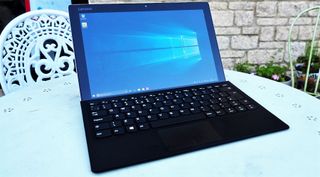
Here is the Lenovo Miix 510 80XE configuration sent to TechRadar for review:
CPU: Intel Core i5-7200U 2.71 GHz
Graphics: Intel HD 620
RAM: 8GB
Screen: 12.2-inch IPS, Full HD 1920 x 1080 pixels
Storage: 256GB PCIe SSD
Optical drive: None
Ports: 1x USB 3.0 Type-C, 1x USB 3.0 (Always-On Charging), 1x Audio Combo Jack
Connectivity: 802.11ac Wi-Fi, Bluetooth 4.0
Camera: 2 megapixel front camera, 5 megapixel rear camera
Weight: 2.76 pounds with keyboard (1.25 kg)
Dimensions: 11.8 x 0.6 x 8.1 inches (30 x 0.99 x 20.5 cm)
Price and availability
There’s an Intel Core i3 variant of this device for $599 (£750, AU$600) which has half the amount of memory and storage as well.
The Core i3 version of the Lenovo Miix 510 will be more than fine for most people, but if you’re looking at any kind of photo or video editing, we’d recommend the Core i5. At the time of writing, you’re looking at $669 (£849, AU$750) for this device.
The Surface Pro 4 has dropped in price, but it’s still more expensive than the Lenovo Miix 510, at $729 or £899, so you’re paying a lot more when you realize that the Surface Pro doesn’t even include the Type Cover keyboard.
If you look around, the Acer Switch Alpha 12 should be available for around the same price, with Acer recently releasing a new one. However, the Lenovo Miix 510 is no longer available new, so you’ll likely have to grab refurbished or used model.
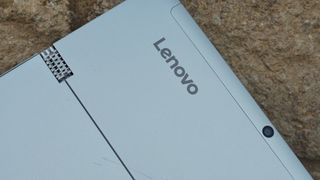
Design
The Lenovo Miix 510 won’t blow your mind, but it’s still a well-designed tablet. It looks good, and those watch band-style hinges give it a certain je ne sais quois. The included detachable keyboard also doubles as a protective faux leather folio case, which is quite effective, and feels good in the hand. It’s a more premium feeling and mature accessory than the Type cover for the Microsoft Surface Pro 4, which isn’t included for free – unlike the Lenovo Miix 510’s.
The side controls – especially the power button - are a little plasticky, but it’s a minor complaint.
The Lenovo Miix 510 weighs just shy of 900g without the keyboard cover. That’s fine to hold in one hand, leaving the other free to write on the display. However, after a while you’ll want to brace it against something or put it on a flat surface.
The Lenovo keyboard cover sports Lenovo's AccuType-style keys, which are slightly curved along the bottom edge. They're sufficient in size but don't possess quite as much travel as the Surface Pro 4 cover, and this doesn’t make for a great experience when you have a lot of words to type.
The biggest problem is that we found the keyboard flexes a bit. And if you're a hard typist in any way (which device makers seem to be catering less and less for) then the keyboard bounces rather angrily. Light typing is always preferable, but we think you almost need to be a little too delicate here.
As for the kickstand, it’s an effective bit of industrial design from Lenovo. The ability to be able to poise the device at pretty much any angle is a huge benefit. Elsewhere, the edges of the device are covered by the usual fan and speaker grilles and ports, but everything comes together well, with power, USB-C and USB 3.0 on one side and power, volume and 3.5mm headphone jack on the other.
It’s incredible that the USB 3.0 port now looks weirdly large in comparison to every other cable connector.
With the stylus, writing detection is responsive enough on the Lenovo Miix 510 to jot down notes swiftly, and the pen itself is slim enough to remain comfortable for long periods.
The Lenovo Miix 510 is a sleek and professional device. Now, usually this is expected in a device priced like the Lenovo Miix 510, but there’s no disappointment here.
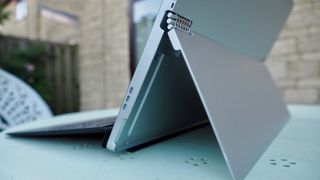
Display
The Lenovo Miix 510’s bezels are a bit wide, but they don’t interfere with the device too much – in fact, the display is great. There’s a lot to love here – the blacks are black and colors are vibrant.
Viewing angles are also really rather excellent and this is a big benefit for anybody looking to use this 2-in-1 for collaborative work. What is a bit more of a problem is the resolution, which sticks with Full HD.

Mind you, when we say it’s a problem we actually mean it’s an issue comparing like-for-like with other tablets.
Both the Surface Pro 4 and Acer Switch 12 feature 2,160 x 1,440 resolutions. In use, it’s not a problem using Full HD on the Miix 510. It depends on how determined you are to have best-in-class specs in every department.
- Images Credit: TechRadar
- First reviewed May 2017
Dan (Twitter, Google+) is TechRadar's Former Deputy Editor and is now in charge at our sister site T3.com. Covering all things computing, internet and mobile he's a seasoned regular at major tech shows such as CES, IFA and Mobile World Congress. Dan has also been a tech expert for many outlets including BBC Radio 4, 5Live and the World Service, The Sun and ITV News.
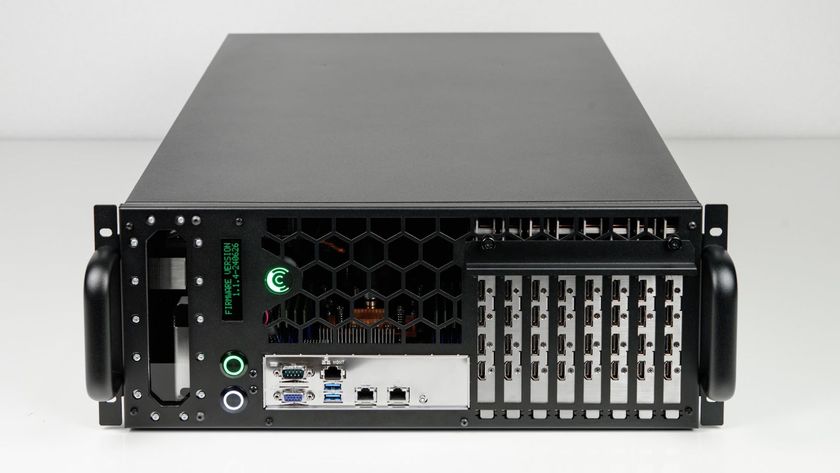
Comino has workstation PCs with 8, yes 8 Nvidia RTX 5090 GPUs, for less than $60,000 - but that’s not the best news

OpenAI just updated its 187-page rulebook so ChatGPT can engage with more controversial topics
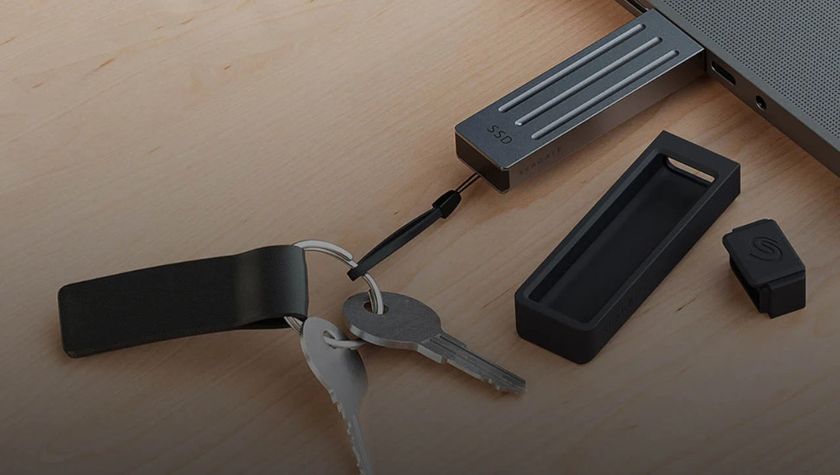
Seagate contributes to the slow demise of flash drives with an SSD that looks like a thumb stick
Most Popular






